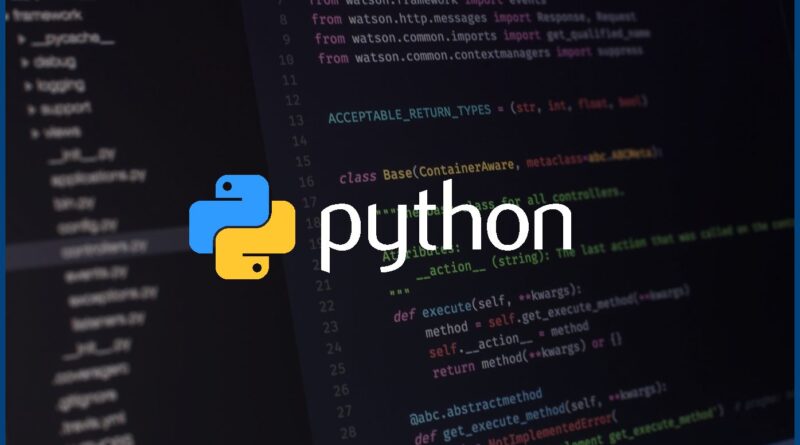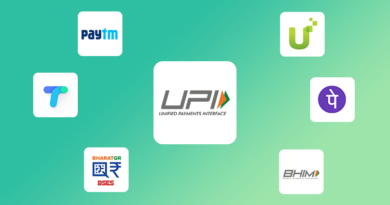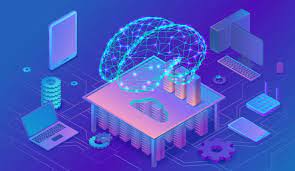Why No Programming Language Can Overtake Python by 2027
Python is a strong, flexible, and popular programming language. Python is a programming language used for web development, machine learning applications, and other cutting-edge software industry technology (the latest version is Python 3). Python has a lot to offer experienced programmers who have expertise with other programming languages like C++ and Java as well as newbies.
About Python:
Python features dynamic typing and garbage collection. It supports a number of programming paradigms, including structured programming, object-oriented programming, procedural programming, and functional programming (especially this). It is frequently referred to as a “batteries included” language because of its large standard library.
In order to replace the ABC programming language, Guido van Rossum developed Python in the late 1980s. Python 0.9.0 was released in 1991. Python 2.0, which was released in 2000, included brand-new features like list comprehensions, cycle-detecting garbage collection, reference counting, and support for Unicode. The Python 3.0 upgrade from 2008 was a substantial revision that was not totally backward compatible with earlier iterations. Python 2 was discontinued with version 2.7.18, however it will continuously provide updates.
Python is a computer language that makes it possible to work quickly and integrate systems more effectively. This specially designed Python lesson will help you learn Python programming language in the most efficient manner possible. It covers topics ranging from the fundamentals to the more sophisticated (such as web scraping, Django, deep learning, etc.) with examples.
10 Reasons Python Won’t Be Replaced by Another Programming Language by 2027:
Python has many benefits that set it apart from other programming languages.
–Python is currently the most well-liked high-level, versatile programming language. The procedural and object-oriented programming paradigms are supported.
–Programs written in Python are often smaller than those written in other programming languages like Java. Programmers type much less than other types of writers, and the indentation rule of the language ensures that their work is always readable.
–The Python programming language is used by almost all IT giant companies, such as Google, Amazon, Facebook, Instagram, Dropbox, Uber, and others.
–Python’s biggest strength is the wide variety of standard libraries that are readily available, which can be used for the following applications. Web frameworks like Django (used by Dropbox, Instagram, and YouTube), image processing, web scraping, machine learning, and GUI programmes like Kivy, Tkinter, and PyQt, among others.
–The US Securities and Exchange Commission promotes Python as a language to serve Wall Street, and Bank of America has selected Python to handle crucial systems because it is dependable. All of this feels quite intriguing.
–Since data will always be a component of whichever path you pursue in the world of IT, Python is used in data science. Python is used in both programming and analytics, which both call for certain skills.
–Software development, penetration testing, security system analysis, and hacker prevention all use the concept of used protection, which is fundamental to cyber security.
–The Internet of Things, sometimes known as IoT, includes smart homes as one of its elements. You may either invest in a number of devices and attempt to set them up yourself, or you can hire someone to do it for you.
–Utilizing the Facebook, Google, and Twitter APIs or extracting and analysing user information from your data are two ways to accomplish this in marketing.
–Science encompasses the processing of data using arithmetic and statistics as well as the extraction of pertinent facts from the results of various lab experiments.


